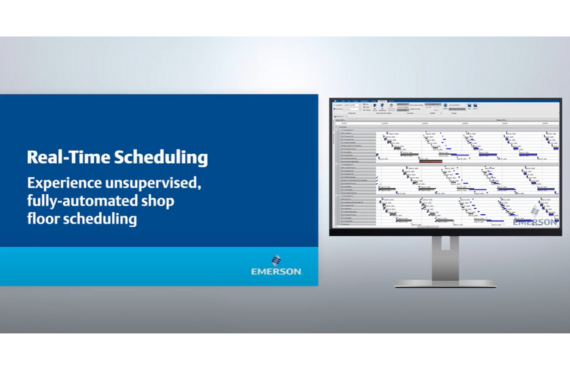Predict how automation will behave in the future
Emerson’s Real-Time Modeling System™ allows customers to visualize the facility constraints, accommodate variability, maximize production, and understand the implications of any change in the manufacturing process.
By collecting data from across the organization, our Real-Time Modeling System can consolidate, analyze, and present an accurate model of the entire process. The model produces an optimal scheduling overview and debottlenecking and capacity analyses for process optimization.










.png)